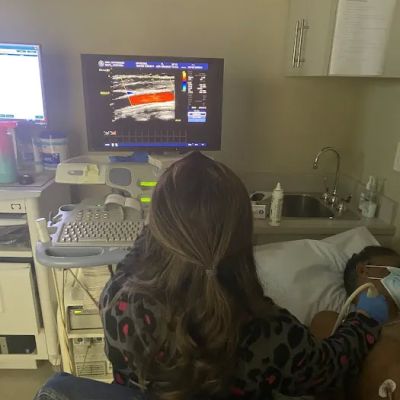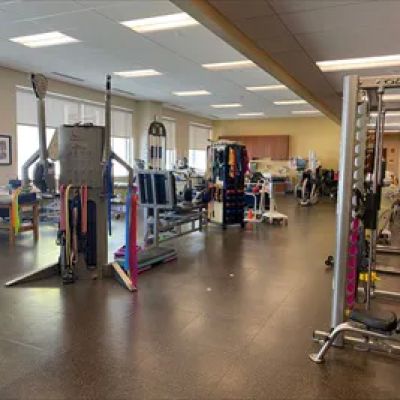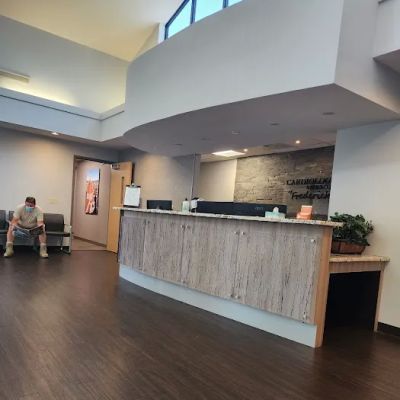How Cardiologists Help Manage Cardiomyopathy
- 1. What is Cardiomyopathy?
- 2. Recognizing the Symptoms of Cardiomyopathy
- 3. The Role of Cardiologists in Cardiomyopathy Care
- 4. How Cardiologists Diagnose Cardiomyopathy
- 5. Treatment Options for Cardiomyopathy
- 6. Real-Life Experience with Cardiomyopathy Care
- 7. Living with Cardiomyopathy: Long-Term Care
- 8. Final Thoughts on Cardiomyopathy Management
1. What is Cardiomyopathy?
Cdiagnosed cardiomyopathy is a condition where the heart muscle becomes weakened, thickened, or stiffened, making it harder for the heart to pump blood effectively. There are several types of cardiomyopathy, each with its own causes and implications for health. Some types of cardiomyopathy are genetic, while others are caused by factors like high blood pressure, heart attacks, or infections. Left untreated, cardiomyopathy can lead to heart failure and other serious health complications. Understanding the condition and how cardiologists can help manage it is crucial for patients.
2. Recognizing the Symptoms of Cardiomyopathy
Cardiomyopathy often develops slowly and may not show symptoms until the condition is advanced. However, common signs include:
- Fatigue: Feeling unusually tired even after adequate rest.
- Shortness of breath: Difficulty breathing, especially when exerting yourself or when lying down.
- Swelling: Swelling in the legs, ankles, or abdomen due to fluid retention.
- Chest pain: A feeling of tightness or discomfort in the chest, particularly during physical activity.
If you experience any of these symptoms, it's important to see a cardiologist for an evaluation and potential diagnosis of cardiomyopathy.
3. The Role of Cardiologists in Cardiomyopathy Care
Cardiologists play a pivotal role in diagnosing and managing cardiomyopathy. These specialists use their expertise to assess the severity of the condition, determine the type of cardiomyopathy, and develop an appropriate treatment plan. Cardiologists often work with other healthcare providers, such as heart surgeons, to ensure comprehensive care. In some cases, they may recommend lifestyle changes, medications, or interventions like heart transplants if the condition worsens.
4. How Cardiologists Diagnose Cardiomyopathy
Diagnosing cardiomyopathy typically involves several tests to assess the heart's structure and function. Some of the most common diagnostic tools include:
- Electrocardiogram (ECG): This test measures the electrical activity of the heart and can help identify abnormal rhythms.
- Echocardiogram: An ultrasound of the heart to evaluate its size, shape, and function.
- Chest X-ray: A test to check for fluid buildup in the lungs, which is a common sign of heart failure caused by cardiomyopathy.
- Cardiac MRI: A detailed imaging test that provides a high-resolution view of the heart muscle and helps identify areas of damage.
Based on the results of these tests, the cardiologist can determine the best course of action for managing the condition.
5. Treatment Options for Cardiomyopathy
Treatment for cardiomyopathy depends on the type and severity of the condition, as well as the patient's overall health. Cardiologists may recommend:
- Medications: Drugs such as ACE inhibitors, beta-blockers, and diuretics can help manage symptoms and prevent complications.
- Lifestyle changes: Cardiologists often recommend changes such as a heart-healthy diet, regular exercise, quitting smoking, and limiting alcohol intake.
- Surgical interventions: In some cases, surgical options such as a heart transplant, implanted defibrillators, or septal reduction therapy may be necessary to manage severe cardiomyopathy.
- Monitoring and follow-up care: Regular visits to the cardiologist are essential to monitor the condition and adjust treatment as needed.
6. Real-Life Experience with Cardiomyopathy Care
Many patients with cardiomyopathy have seen significant improvements in their quality of life through effective management. Take the case of Robert, a 60-year-old man who was diagnosed with dilated cardiomyopathy after experiencing frequent fatigue and shortness of breath. With the help of his cardiologist, Robert began a treatment plan that included medications and lifestyle changes. Over time, he was able to manage his symptoms, return to an active lifestyle, and avoid the need for a heart transplant.
Similarly, Susan, a 45-year-old woman with hypertrophic cardiomyopathy, found relief through targeted medications and regular checkups. By closely working with her cardiologist, she has successfully managed her condition and maintained a normal, active life.
7. Living with Cardiomyopathy: Long-Term Care
Living with cardiomyopathy requires ongoing care and lifestyle adjustments. Cardiologists emphasize the importance of regular follow-up appointments to monitor the condition and adjust treatment plans as needed. Patients are often encouraged to maintain a heart-healthy lifestyle, including:
- Adhering to a low-sodium, balanced diet.
- Engaging in regular, moderate physical activity as recommended by the cardiologist.
- Managing stress and maintaining a healthy weight.
With proper management, many individuals with cardiomyopathy lead fulfilling lives and avoid serious complications.
8. Final Thoughts on Cardiomyopathy Management
Managing cardiomyopathy is a lifelong process that requires close collaboration with a cardiologist. Through early diagnosis, appropriate treatment, and ongoing care, cardiologists can help patients effectively manage this condition and improve their quality of life. If you or a loved one has been diagnosed with cardiomyopathy, it's crucial to work with a skilled cardiologist to develop a personalized treatment plan that best addresses your needs.
For those looking to learn more about managing heart health or seeking additional treatment options, consider exploring heart-healthy products and therapies that support long-term well-being. Speak with your healthcare provider to get the guidance you need for managing cardiomyopathy effectively.





















